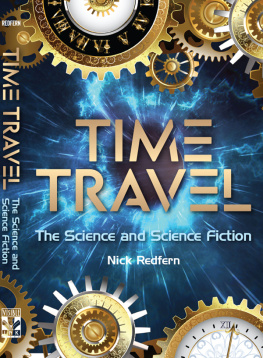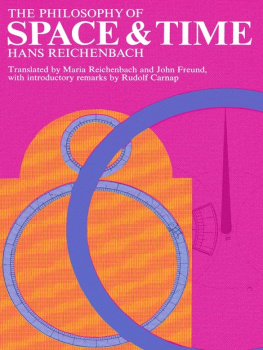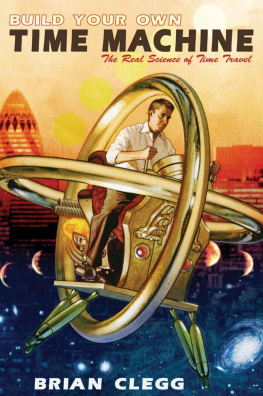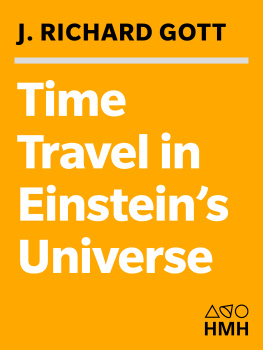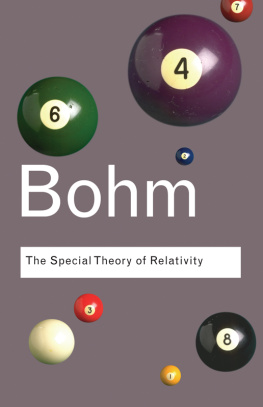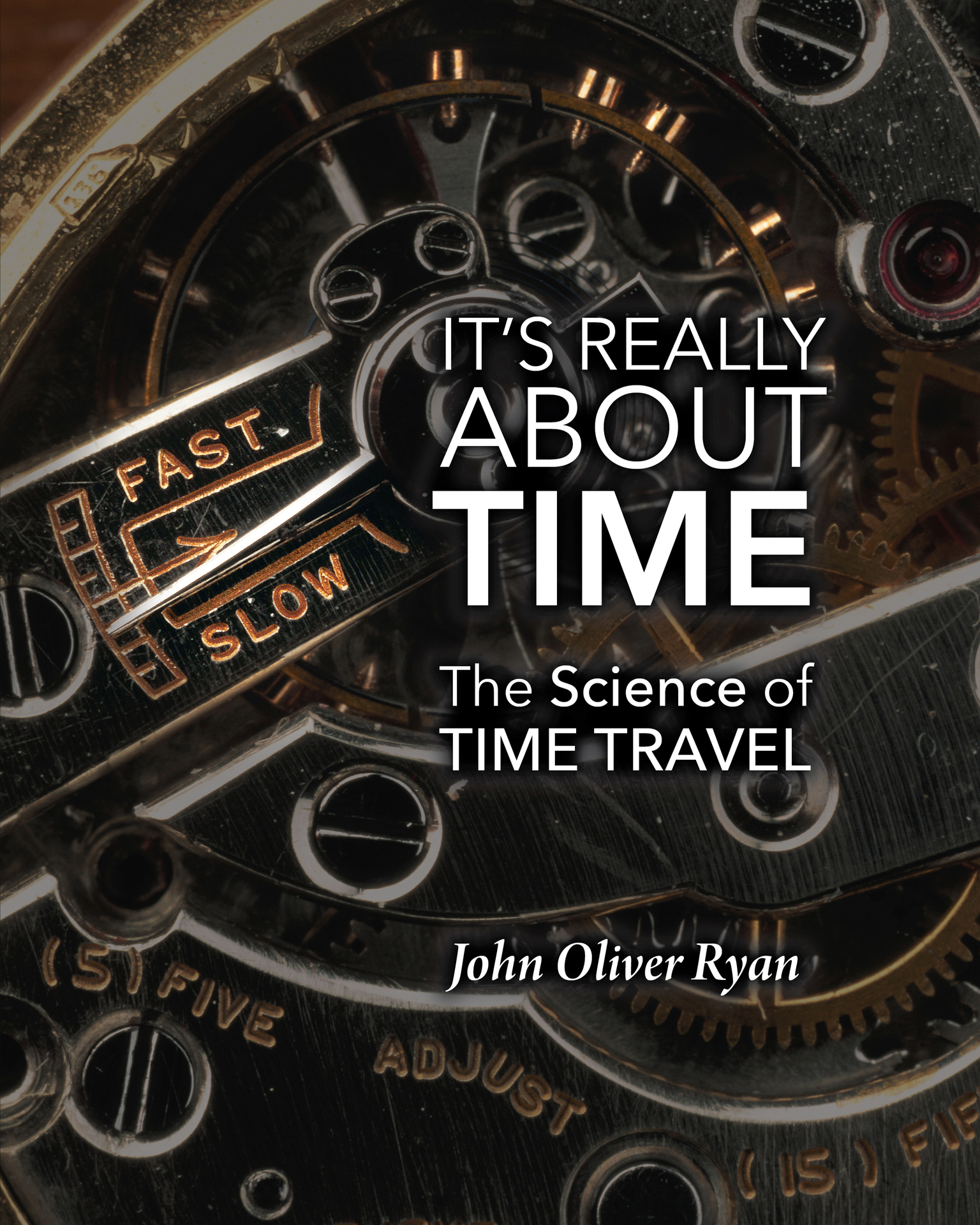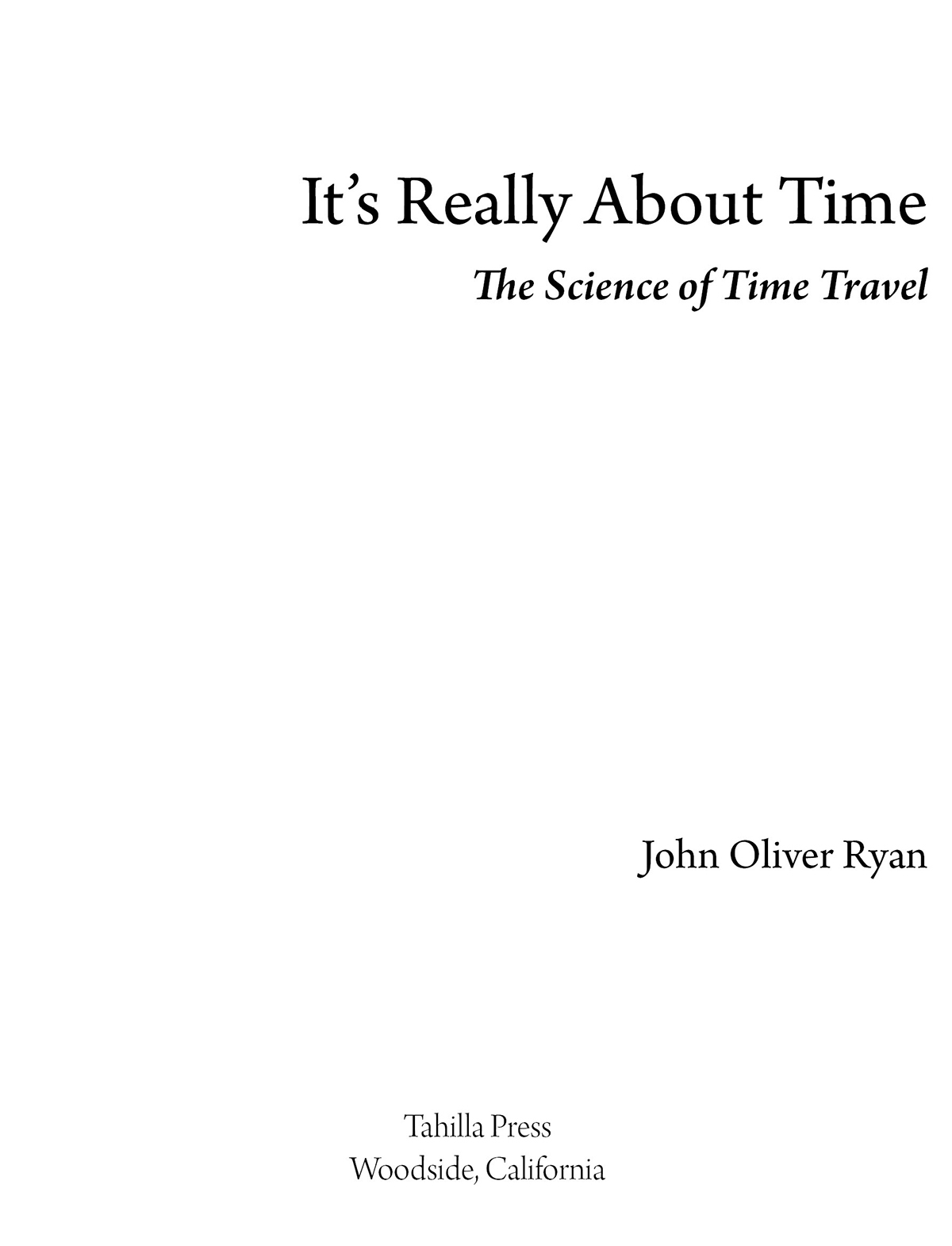2020 by John Oliver Ryan. All rights reserved.
No part of this publication may be reproduced, stored in or introduced into a retrieval system, or transmitted, in any manner whatsoever without the prior written permission of the author except in the case of brief quotations embodied in critical articles and reviews.
Printed in the United States of America.
ISBN: 978-1-7342643-0-2 (softcover)
ISBN: 978-1-7342643-1-9 (ebook)
Please direct comments or criticisms to:
Address permission requests to:
For information on purchasing multiple copies of this book at reduced prices,please inquire at
Tahilla Press, Woodside, California
ACKNOWLEDGEMENTS
I wish to thank those of my friends and family who took the time to read and comment on drafts of this book. Their corrections and suggestions for improvements and clarifications are much appreciated.
They are:
Friends : Gibson Anderson, Mark Belinsky, Don Bogue, Francois Cazenave, Helmut Dorn, Dr. Roger Downer, Paul Fehrenbach, Casey Handmer, Dr. Josh Hogan, Jim Holzgrafe, Carol Holzgrafe, Bill Krepick, Vitaly Lazorin, Richard Mattern, Niall Norton, Val OConnor, Norma Piras, Sergio Piras, Pat Shiel, Claudio Todeschini, Steve Weinstein, and Peter Wonfor.
Family : Chris, Fiona, Katrina, Pat, Pauline, Stephen, and Torrey.
Any remaining errors and inconsistencies are entirely attributable to me, aided and abetted by my muse, the estimable C. C. Sauvignon.
Book design and illustrations by Jim Holzgrafe.
It is not widely appreciated that the possibility of traveling forward in time by months, years or even centuries far from being science fiction, is well within the realm of established science.
AUTHOR'S NOTE
B efore Albert Einstein made his astonishing debut on the worlds scientific stage in 1905, our understanding of the physical universe rested firmly on the three laws of motion and the law of gravity discovered by the great English scientist and polymath Sir Isaac Newton, in the late 16th century. These laws allowed scientists at the time and still allow them today to predict, with exquisite accuracy, a wide range of phenomena from the motions of the planets to the behavior of tides and of objects moving under the influence of gravity here on Earth. But in the latter part of the 19th century severe difficulties arose when applying these laws to explain the behavior of light; its not much of an exaggeration to say that scientists at the time were in a deep philosophical funk from their decades-long struggle to understand the matter.
Enter twenty-six-year-old Einstein; guided largely by his own aesthetic ideals on how the universe ought to be ordered, he conjured up his Special Theory of Relativity which completely and elegantly cleared up those difficulties, and in so doing fundamentally altered mankinds conception of our universe.
Einstein introduced Special Relativity in 1905, yet over a century later its teachings remain strange weird, even to many people, including scientists from other disciplines. Surprisingly and unlike many ideas in physics those teachings are easy enough to state in plain English without a boatload of attendant mathematical equations. Yet they are so at odds with our everyday experiences that they can be more difficult to believe than they are to understand.
Of the several extraordinary predictions of Special Relativity, none was as jarring to my own worldview as the possibility of traveling to the future to a time that could be years or even centuries hence.
Another of its predictions was embodied in the now iconic E = mc equation, which exposed and quantified an equivalence between energy and matter. As unanticipated as that discovery was, in my opinion its not quite as mind-blowing as the possibility of time travel though close-up witnesses to a nuclear explosion might beg to differ.
The very idea of time travel intrigued and delighted me when I first encountered Special Relativity as a seventeen-year-old physics student. The textbooks I had access to were of little help as they focused almost exclusively on the underlying mathematics, their main purpose being to teach students just what they needed to know in order to pass their physics exams. Thus, I learned the theoretical underpinnings of the subject without having a good conceptual understanding of how and why such an extraordinary thing as travel to a future time could be possible. Later in life I got around to revisiting the subject with a view to a deeper understanding. Having achieved that at least to my own satisfaction I decided to put it in writing.
This book was written for intellectually curious people with or without a science or mathematics background who have heard about time travel and either dismissed it as pure science fiction or were intimidated by its difficult to understand reputation.
Many popular books on relativity when they address time travel often lose their readers in long discussions of the so-called Twin Paradox, from which they seldom fully extricate themselves. The reader is frequently left muttering but, but. My hope is that when you finish reading this you will feel confident that you could explain the scientific basis of time travel to your friends. But please do so only if asked; good friends are scarce
My goal with this book is to present readers with a self-contained, full and coherent explanation of why time travel is possible (in principle if not yet in practice) with enough historical embellishment to fill out the story and put it in context. To this end, the earlier chapters include an introduction to some basic ideas in physics that are quite straight-forward and easy enough for all readers to follow and understand. The only prerequisites are that readers have a clear grasp of everyday notions of distance, time , and speed and are not intimidated by very large or very small numbers. Speed is simply distance traveled in a given time and is usually expressed in feet (or meters) per second, or in miles (or kilometers) per hour but could equally well be expressed in furlongs per fortnight by a mischievous science teacher.
I make much use of thought experiments. These are techniques for analyzing problems from the comfort of ones armchair, with feet up and a glass of favorite tipple to hand. However, for the results of thought experiments to be valid they must not violate established laws of physics, though they are allowed to invoke experimental setups that may be beyond our present abilities to implement or that are downright dangerous to enact.
Some of these thought experiments take place on Earth and others in outer space. Theres nothing special about outer space as far as relativity goes; its just that when a thought experiment involves objects traveling at tens of thousands of kilometers per second , we need lots of (ahem) space to do it in or wed be constantly bumping into other objects.
A few of these thought experiments involve measuring the speed of a bullet or a sound wave or a light beam. For readers whod like a basic understanding of how such measurements can be made, see appendix 1 (Measuring Speed).
You will find very few mathematical equations in this book, and you will not need to comprehend them in order to follow the discussion. Its a remarkable fact that as strange as the notion of time travel can be to get ones mind around, the famous Lorentz equation that underpins it is about as simple as physics equations get. It can be derived using little more than the Pythagorean theorem ( the square on the hypotenuse is equal to the sum of yada, yada, yada. ) which most of us were force-fed in geometry class in our early teens. But to guard against a panic attack in readers with refined artistic sensibilities, the derivation of that equation little bitty piece of algebra though it be has been banished to appendix 5 (Proof of the Lorentz Formula).


